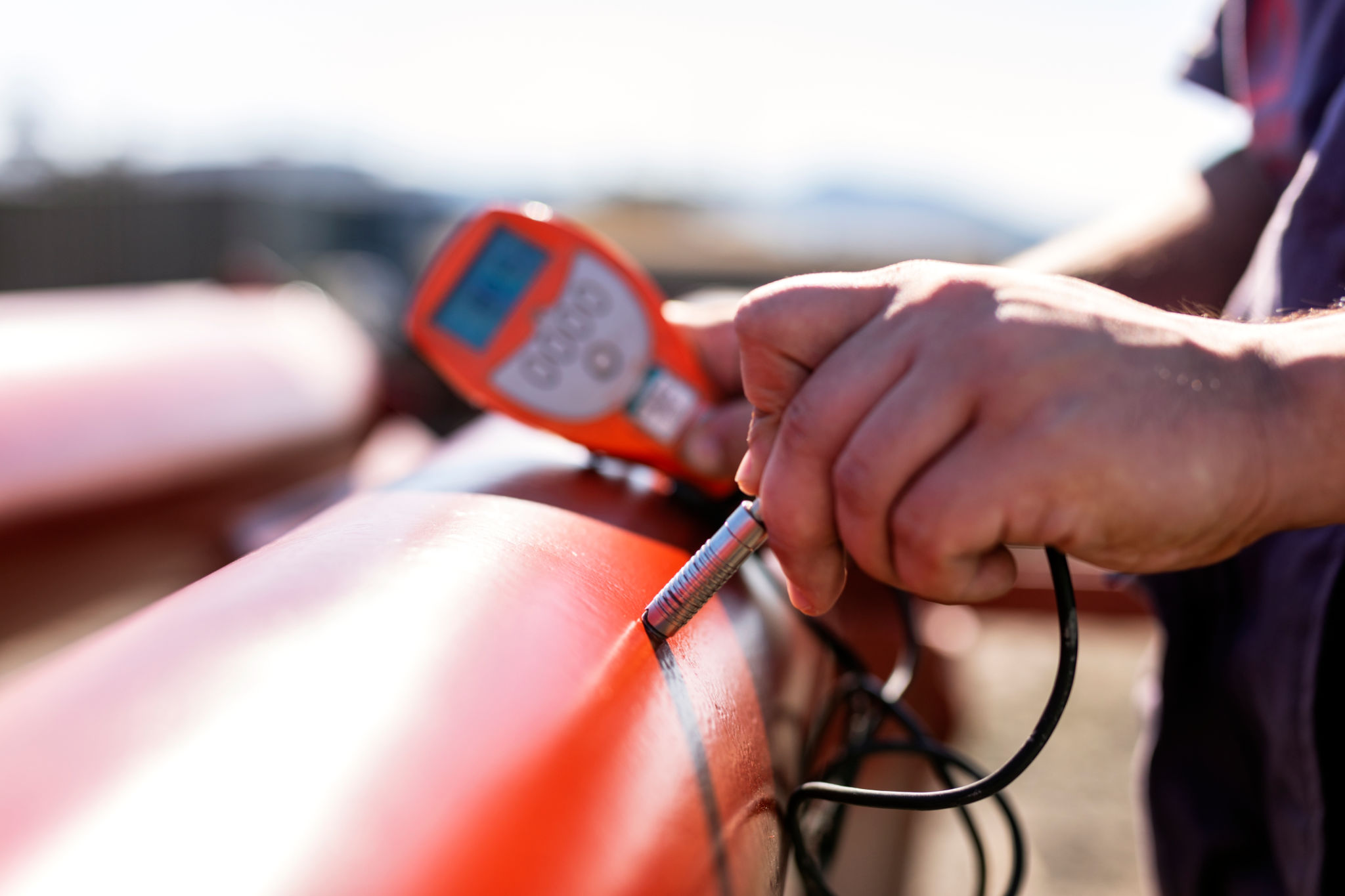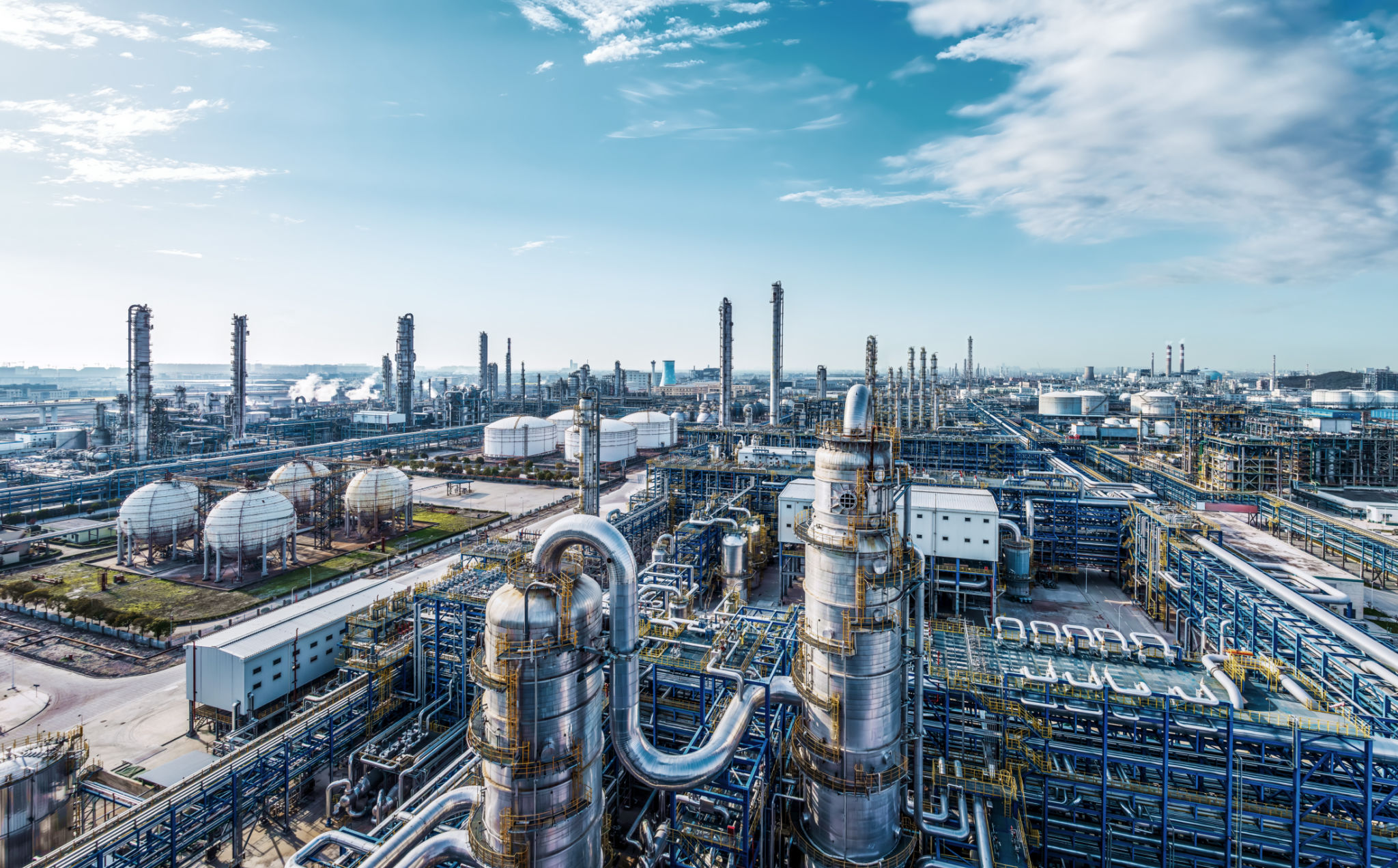Case Study: Successful Coating Inspection Projects in New Zealand
Introduction to Coating Inspection Projects
In the realm of industrial maintenance, coating inspections play a pivotal role in ensuring the longevity and performance of infrastructure. In New Zealand, several successful projects have demonstrated the impact of meticulous coating inspections on various structures, from bridges to industrial plants. This case study delves into some of these projects, highlighting the methodologies employed and the outcomes achieved.

Project 1: Auckland Harbour Bridge
The Auckland Harbour Bridge is an iconic structure that requires regular maintenance to withstand the harsh marine environment. The coating inspection project for this bridge aimed to prevent corrosion and extend its lifespan. Inspectors utilized advanced techniques such as ultrasonic thickness testing and infrared thermography to assess the condition of existing coatings.
The results were impressive. With a focused approach, inspectors identified areas of concern that required immediate attention and effectively extended the bridge's protective capabilities. This project not only ensured the safety and durability of the bridge but also set a benchmark for future infrastructure maintenance.
Innovative Techniques Applied
One of the standout aspects of this project was the application of innovative inspection techniques. By incorporating technology such as drones equipped with high-resolution cameras, inspectors were able to access hard-to-reach areas safely and efficiently. This approach minimized risks associated with manual inspections and provided detailed visual data for analysis.

Project 2: Oil Refinery in Taranaki
In Taranaki, a major oil refinery underwent a comprehensive coating inspection to address potential corrosion issues. The inspection team employed non-destructive testing methods, including magnetic particle inspection and eddy current testing, to evaluate the integrity of the refinery's coatings without damaging them.
This proactive approach proved beneficial, as early detection of coating failures allowed for timely repairs, preventing costly downtime and ensuring continuous operation. The success of this project underscores the importance of regular inspections in maintaining industrial facilities.
Key Outcomes
The Taranaki refinery project highlighted several key outcomes:
- Reduced Maintenance Costs: Early detection and repair minimized extensive maintenance needs.
- Improved Safety: Ensuring coating integrity reduced the risk of hazardous leaks.
- Enhanced Operational Efficiency: Continuous operation was maintained without unplanned interruptions.

Project 3: Wellington's Seismic Retrofit Initiative
Wellington's seismic retrofit initiative included coating inspections as part of its broader efforts to strengthen buildings against earthquakes. The focus was on ensuring that protective coatings on steel reinforcements were intact and effective.
Through detailed inspections, project teams identified areas where coatings were compromised and implemented targeted interventions. This initiative not only bolstered the city's resilience against seismic events but also preserved the structural integrity of key buildings.
Lessons Learned
The Wellington project offered valuable insights into the integration of coating inspections within broader structural assessments. It demonstrated how regular evaluations could enhance both safety and durability, serving as a model for other regions prone to natural disasters.
In conclusion, these successful coating inspection projects in New Zealand emphasize the critical role of regular maintenance in preserving infrastructure. By adopting advanced technologies and proactive strategies, these projects have set new standards for excellence in structural integrity and durability.